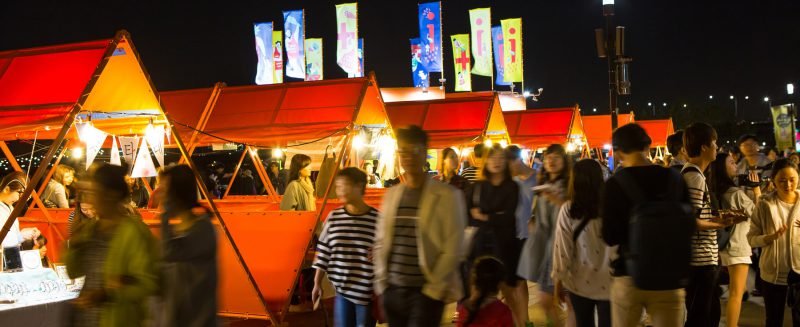Findings On Elasticity
 This book review contains a little theoretical background on the subject we often write about — flexibility. Inspired by Darwin, we’ve described the ability of cities to adapt to a changing environment as a main goal. But what does flexibility mean in real life? and what is its physical condition? A great book initiated by the Amsterdam-based Pars Foundation was sent to us by Lars Müller Publishers. It’s called Findings on Elasticity, and is the second volume in the Atlas of Creative Thinking.
This book review contains a little theoretical background on the subject we often write about — flexibility. Inspired by Darwin, we’ve described the ability of cities to adapt to a changing environment as a main goal. But what does flexibility mean in real life? and what is its physical condition? A great book initiated by the Amsterdam-based Pars Foundation was sent to us by Lars Müller Publishers. It’s called Findings on Elasticity, and is the second volume in the Atlas of Creative Thinking.
The Pars Foundation invited several creative thinkers from around the world to share their findings on elasticity. The book deals with the topics material, physics, economy, people, art and universe, and although much of the book’s content is definitely beyond my limits of understanding, expertise or interest, it provides the reader with some inspirational insight in the world of flexibility and elasticity.
For instance, what would an ‘elastic city’ look like? As explained in the book, elasticity is described mostly for physical objects — its capacity to return to its original form after being stretched. This goes beyond flexibility, or the flexible city. Generally speaking about cities, we never talk about getting back to an original form. Planning and design is a one way train with no return ticket. Self-correction is not in the genetical code of the planning process, which therefore is hardly elastic. Elasticity as an urban strategy could be interesting as a metaphor for this self-correction in plans, as getting back to an original form after having tried something with great tension and pressure. In fact, a festival is an interesting example of the ‘elastic city’, which involves a short period with great tension and a stretched demand on everything involved, but gets back to an original form after it has ended.

Much in the book is an celebration on skin — human skin that is elastic and till a certain age it comes back to its original form after being stretched. This is another more architectural perspective of an elastic city, which is about material; buildings made with stretchable skin-like materials. This perspective is reflected in the work of the Brazilian artist Ernesto Neto, who’s work is also exposed in this book. His constructions, made of thin transparent and elastic material, are very sensitive. Neto creates buildings to touch, rather than buildings to live in. Somehow elastic materials appeal to people. They are sexy, people like to touch them, and they are fascinating.

A third interesting perspective comes from the 19th century architectural theorist Gottfried Semper. He has used the material knowledge from flexible material like soap, paper and sand, to rethink and recalculate strong fixed constructions. Flexible material has the characteristic to constantly seek for the right balance. “It constantly empties and lightens itself by formation of four-legged nodes that are much more stable than typical architectural nodes of posts and beams.” Semper concluded: “A material that is wet and flexible constructs a system that is extremely rigid and structurally far more stable than most building structures. So, flexible, elastic organizations becomes rigid structures”. Bottom line here is that architecture should not copy organic, natural or flexible patterns. But the generative properties of flexible organizations and materials could be used in rethinking urban organization. What these generative properties are, can be found when reading the book.
Findings on Elasticity
Edited by Hester Aardse and Astrid van Baalen (Pars Foundation, Amsterdam)
Published by Lars Müller Publishers, Baden, Switzerland
208 pages
Price: € 35.00/$ 55.00/£ 35.00
ISBN: 978-3037781487



